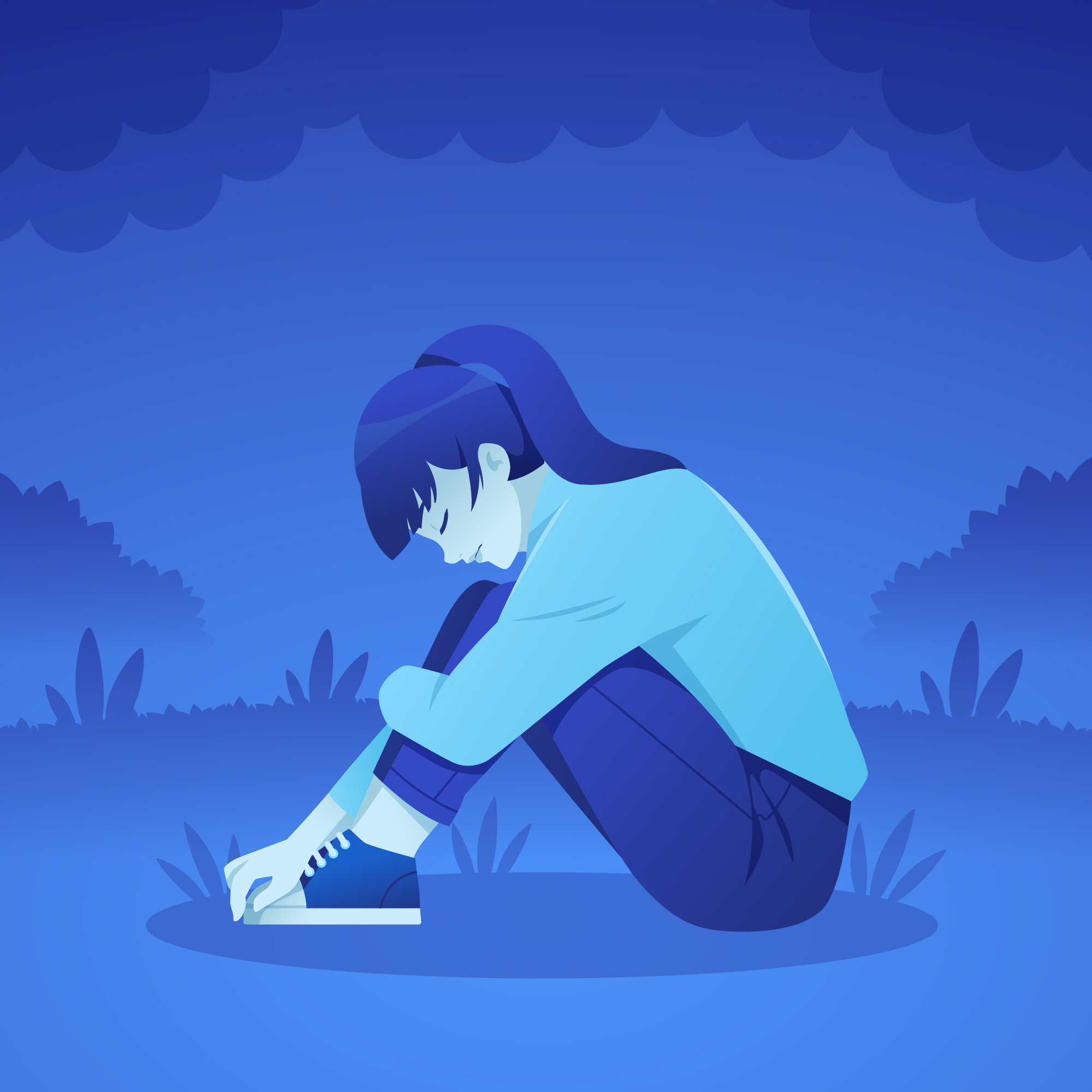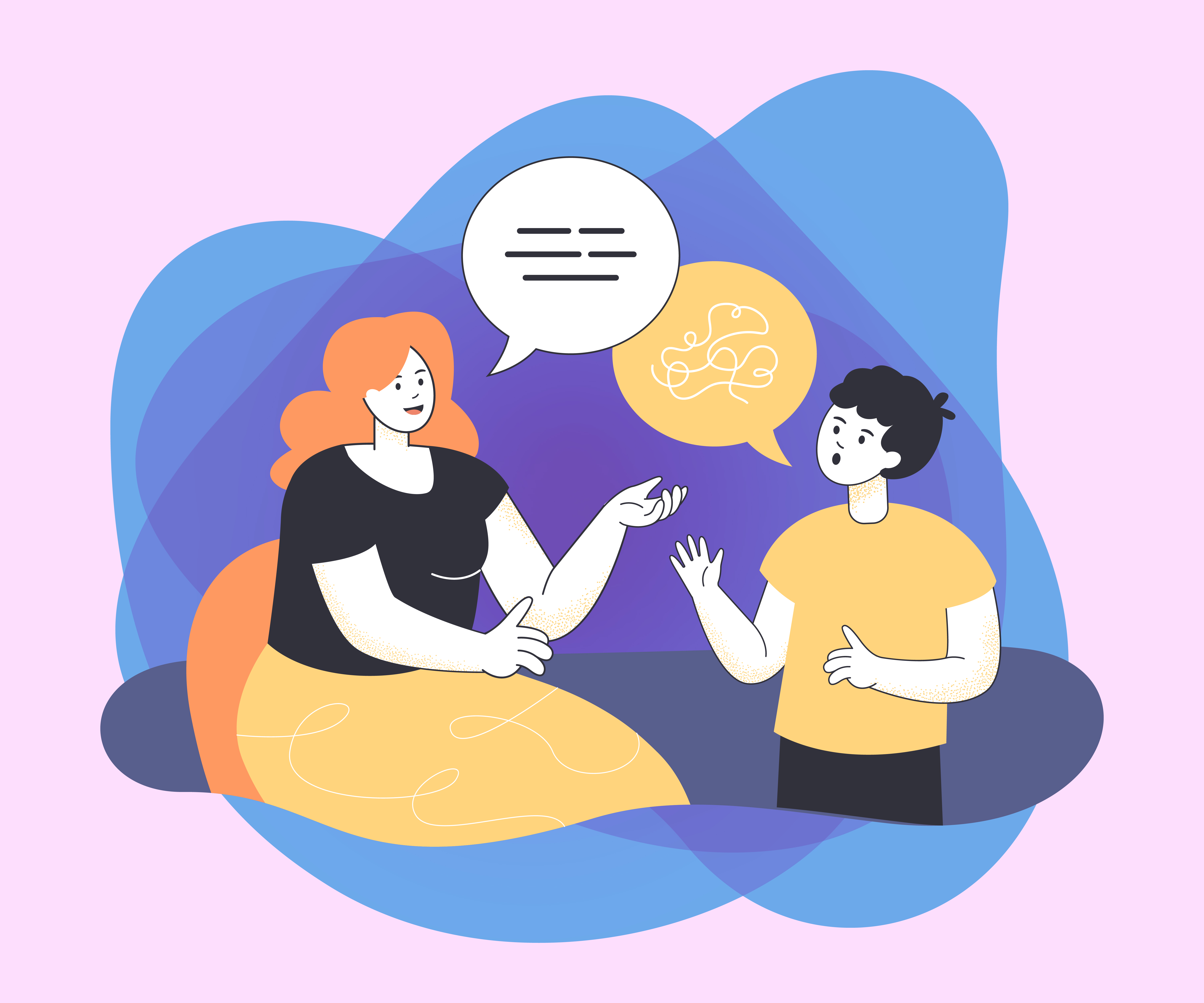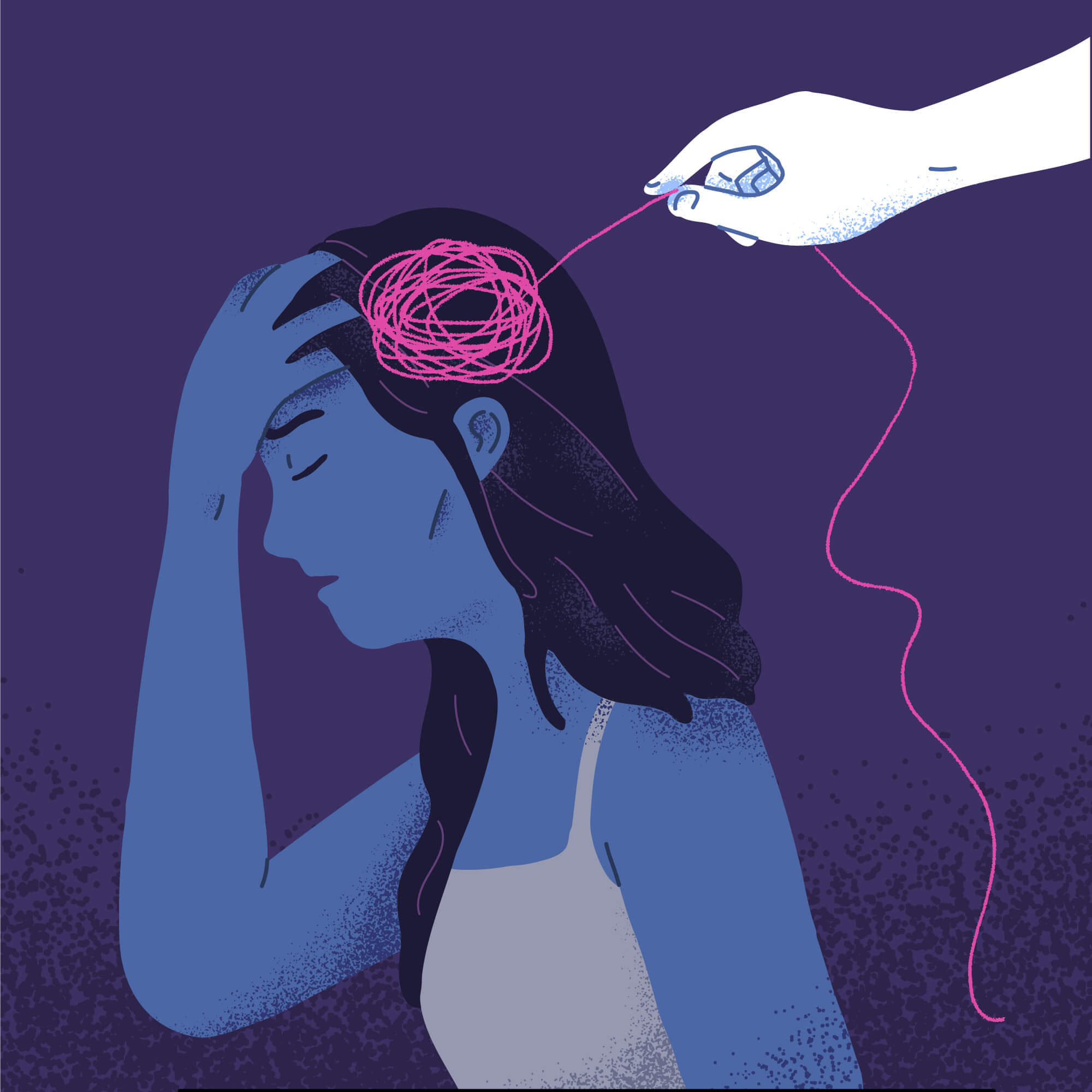Some children refuse control because control has always felt like violence. Because control has worn the face of love and left behind a residue of shame. Because adults said, “this is for your own good” while ignoring tears, violating autonomy, and insisting that compliance was safety. For these children, especially those with a PDA profile, demands are not just instructions—they are threats to coherence, reminders of coercion, echoes of betrayal.
And when that child meets an adult whose own need for control is shaped by narcissism—clinical or behavioural, situational or systemic—the outcome is almost always explosive. The adult interprets resistance as disrespect. The child experiences expectation as entrapment. And no one names the truth: that what we call “oppositional” is often the rational defence of someone who has been controlled too many times by someone who called it care.
-
There’s no such thing as unexpected behaviour
This piece was hard to write. It holds my grief. It documents not only what happened to my child, but how systems made it worse by pretending to be surprised. I share it because too many families are made to carry this alone. Every time I see the phrase unexpected behaviour in a school document, a safety […]
Narcissistic injury and adult escalation
What I’ve seen, again and again, is that children with PDA traits tend to intuit the vulnerabilities of the adults around them. They feel the power imbalance and adapt to survive—but when that survival depends on appeasement, masking, or self-erasure, it corrodes them. And when they finally say no, the reaction from the adult—especially a narcissistically injured one—is swift and punitive. Their authority is questioned, their narrative is threatened, and so they retaliate. They retaliate through performance—through the ‘poor me’ refrain, the ‘I’m a good guy’ monologue, the ‘I’ve done everything for my children’ litany. These are not acts of reflection; they are rituals of restoration, deployed to recover a wounded self-image and suppress the child’s truth. In those moments, the adult is no longer relating—they are auditioning for the role of victim, hero, or martyr. And the child, who sees through the performance, becomes even more alone. What the child needs is connection, co-regulation, and a slower rhythm that lets them re-enter relationship on their terms. What the adult needs is control, affirmation, and a child who mirrors back their self-image as competent and kind. These are not compatible needs. The adult feels attacked. The child feels abandoned. And the system misdiagnoses the whole thing as behavioural disorder.
Survival is not manipulation
Families are often told that PDA is manipulation. That their child is avoiding demands to get something, to win something, to dominate. But this is a projection. What looks like manipulation is often a nervous system in full defence mode. It is relational trauma wrapped in defiance. It is the child saying: I need to feel safe before I can direct, receive help, or exist alongside you without fear.
And if an adult’s narcissism is triggered by refusal—if they require gratitude, praise, or submission to feel whole—then the child’s boundary becomes intolerable. The power struggle isn’t about the task. It’s about the adult’s identity being mirrored back through a child who no longer obeys.
When the child becomes the truth-teller
Sometimes the child is surrounded by multiple narcissistic structures: not just one adult, but a family dynamic shaped by coercion, a school driven by narrative control, a therapeutic model that rewards performance. Each insists on its own innocence. Each resets the narrative daily—”fresh start,” “new year,” “let’s move forward”—as though trauma respects the calendar.
And in those systems, the child becomes the only one telling the truth. Not with tidy words or convenient timing, but through refusal, shutdown, panic, fury. Their nervous system speaks what no one else will admit.
Living in relationship with the school and my coercive ex often reminds me of a three-legged stool with two broken legs: unstable, unsupportive, impossible to balance. My home is PDA-friendly, rooted in trust and responsiveness—but one stable leg cannot hold the weight alone.
The child needs more than sanctuary; they need reinforcement from multiple directions that their reality is valid, their responses make sense, and their care does not come at the cost of their dignity. Without that wider net—without two out of three legs offering steady support—the moments of rest they find at home become fleeting, fragile.
A vulnerable class
Recent research has begun to explore how autism intersects with traits sometimes mistaken for narcissism. While autistic people do not score higher on grandiose narcissism, studies have identified elevated rates of vulnerable narcissism—traits like perfectionism, shame, and identity sensitivity that stem not from egocentrism but from chronic invalidation and identity threat. These traits often emerge in contexts of relational trauma, where high-masking autistic adults—especially women—develop extraordinary skills in attunement, over-functioning, and perspective-taking to survive in environments that do not accommodate their needs.
How autistic women are groomed for coercion
In our small circle of autistic women friends, nearly all of us have been in relationships with narcissistic or coercively controlling partners. The pattern is so consistent it feels diagnostic—a radar-like pull between one who needs control and one who longs to be seen. High-masking autistic women, in particular, are vulnerable to love bombing after years of social rejection, awkward interactions, and hiding their true selves. When someone arrives and seems to adore every part you were once shamed for, the relief is immediate—and the danger nearly invisible.
This failure to recognise relational trauma is not benign—it is weaponised incompetence. When schools ignore these patterns, act mystified by distress, and fail to adapt their practices, they are perpetuating systemic discrimination. They are refusing to accommodate a vulnerable class whose experiences are predictable and worthy of understanding. And they are reinforcing the same coercive dynamics many autistic families are already fighting to escape.
-
A perspective taking primer for educators
Perspective taking is the disciplined art of stepping outside one’s own cognitive scaffolding and entering, as fully as possible, into the sensorium of another person. It is not sympathy, which radiates concern from a safe emotional distance, nor is it projection, which mistakes one’s own feelings for universal truth. Instead, it is an intentional, methodical […]
Human rights and the duty to prepare
Public institutions in British Columbia—including schools—carry a legal and ethical duty to accommodate vulnerable classes of people. This obligation is enshrined in the BC Human Rights Code, which prohibits discrimination in services customarily available to the public, including public education. The law recognises that equity often requires more than equal treatment; it demands meaningful, proactive preparation. When schools fail to prepare for the known realities of trauma, neurodivergence, or coercively controlled family dynamics, they are not merely falling short—they are discriminating.
This principle echoes across human rights law: if a school is aware—or ought reasonably to be aware—that certain students face predictable risks due to disability, trauma history, or family context, then they are required to respond accordingly. Ignorance, feigned confusion, or bureaucratic neutrality do not protect against liability. As Kim Block reminds us, human rights framing wins arguments—because it centres the duty of care on those with power, and refuses to place the burden of adaptation on those already surviving harm. https://www.speakingupbc.com/2025/07/08/summer-series-duty-to-accommodate/
-
Gaslighted by proxy: how schools grant coercive power to the quietest parent
When one parent advocates and the other undermines, the school almost always aligns with the one who “gets along.” Not…
A system poised to repeat harm
This is is a form of structural discrimination. Many autistic children are born into families with other autistic adults, and many autistic adults have, often without recognition or support, been drawn into relationships with narcissistic partners. It is a pattern well-documented in survivor communities: the love-bombing, the gaslighting, the dependency masked as devotion. For a child growing up in that tangle, school may be the only potential site of repair. But if schools mirror those same coercive dynamics—if they demand performance, deny history, and prioritise reputation over truth—they are no longer offering an education. They are perpetuating harm against a vulnerable class of students whose needs, boundaries, and relational wounds are treated as inconveniences rather than as signals of exactly what must be done differently.
The school’s role in either repair or repetition
Educators working with PDA children must remember: they are not operating in a vacuum. When a child is already navigating a coercive family dynamic, the school’s response becomes even more crucial. If staff insist on narrative control, demand gratitude, ignore history, and pathologise pain, they risk replicating the very dynamics the child is surviving at home. At worst, institutions risk strengthening the dialogue that kids have been exposed to, which is that mom is crazy, unstable, and wrong—and that masking and simpering are what’s required to survive. In those moments, the school becomes a continuation of the same coercion the child already endures—more polished, more public, but no less injurious.
This is when educators must resist the pull toward defensiveness, reputation management, and behavioural compliance. They must recognise the child’s resistance as wisdom.
We can break the spell. We can say: this is what happens when a child who fears coercion meets an adult who fears irrelevance. We can say: this is not a mystery. This is the predictable outcome of a dynamic where power has been misused and truth has been suppressed.
We can refuse the frame of pathology. And we can choose, instead, the harder work of making safety real: showing up when the child is dysregulated, without flinching.
Learning to see clearly again
Looking back, I see now how deeply I was drawn in by the performance of collaboration. In those early meetings, I clung to their polished language, mistaking it for care. They handed me invented tasks—little projects that let me show my dedication—and I complied. I interpreted their soft tone as inclusion, their deflections as wisdom. And when their stories stopped resembling my child, I questioned myself instead of them. It was the feeling of collusion that destroyed me: the slow, quiet realisation that I had been participating in my own erasure.
-
The unseen wounds of advocacy: caregiver burnout, moral injury, and embodied grief
Caregiver burnout in BC schools reflects moral injury and systemic betrayal, as mothers fight exclusion and harm while advocating for disabled children.











